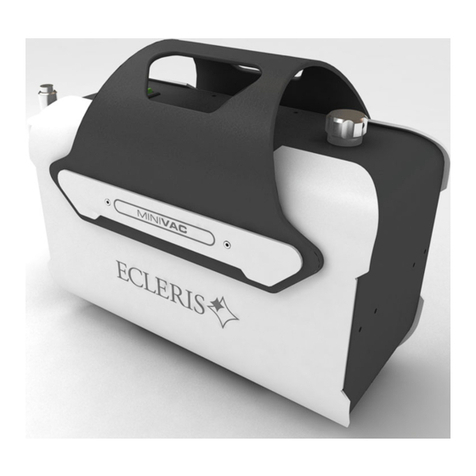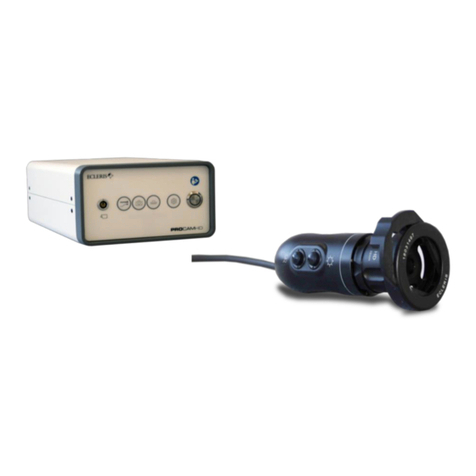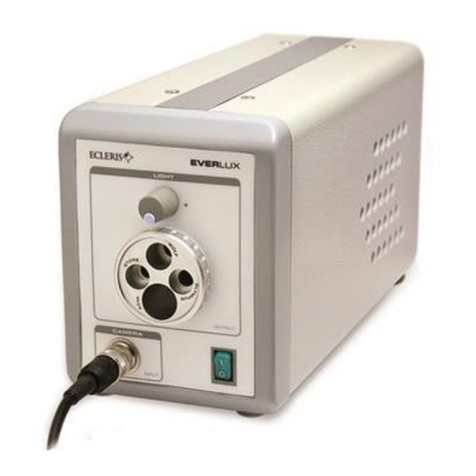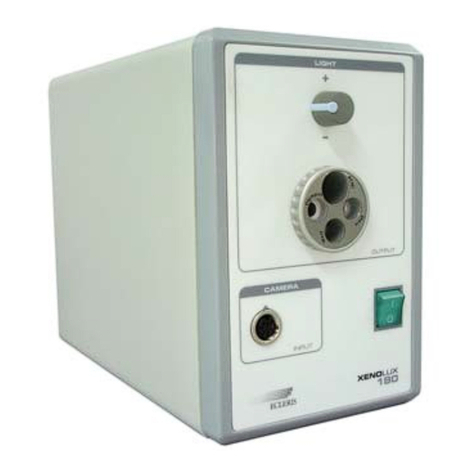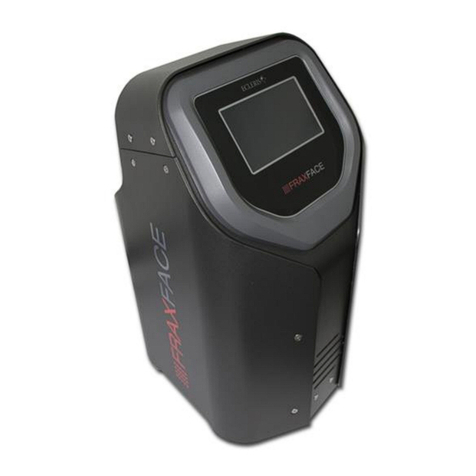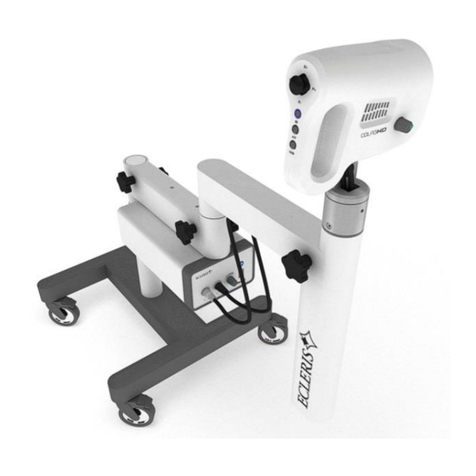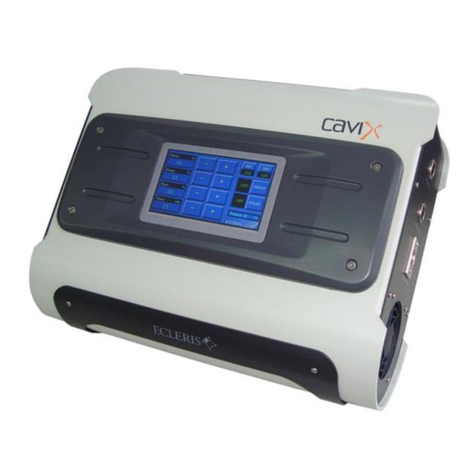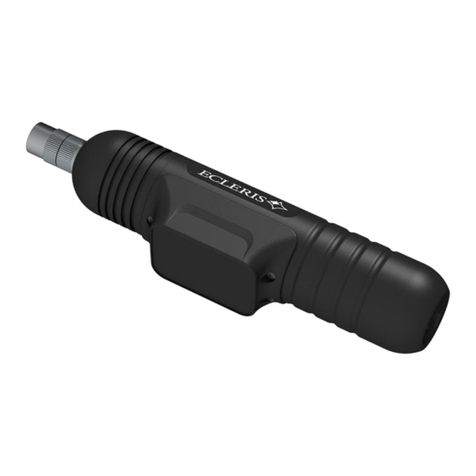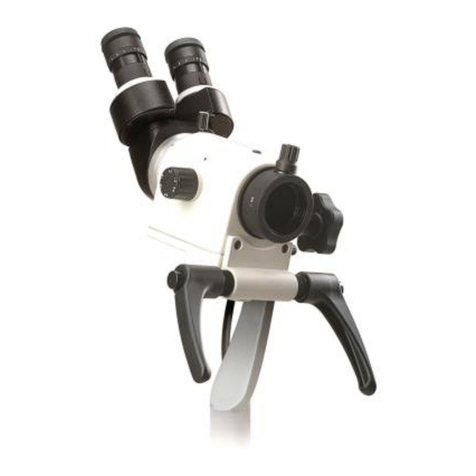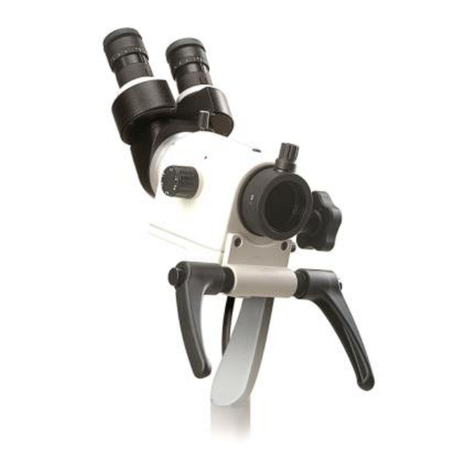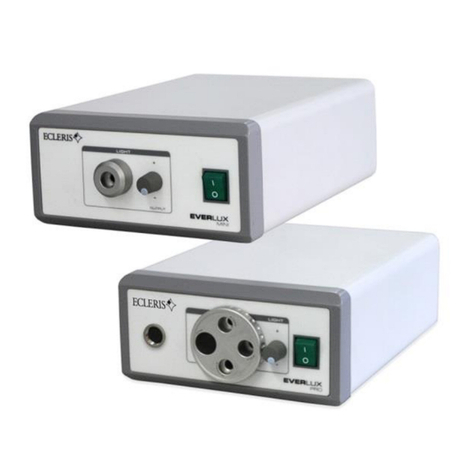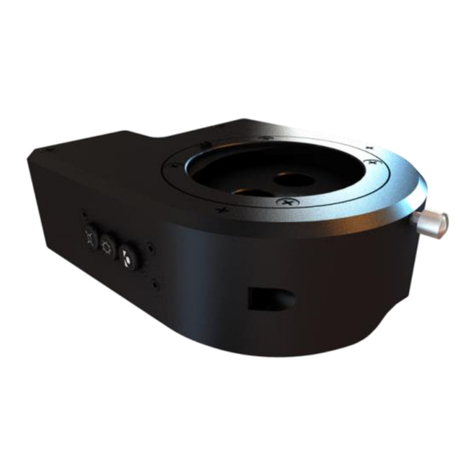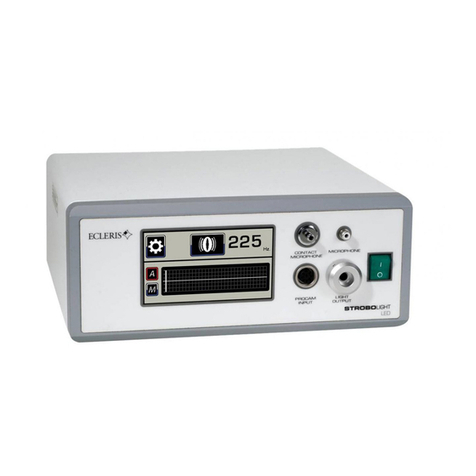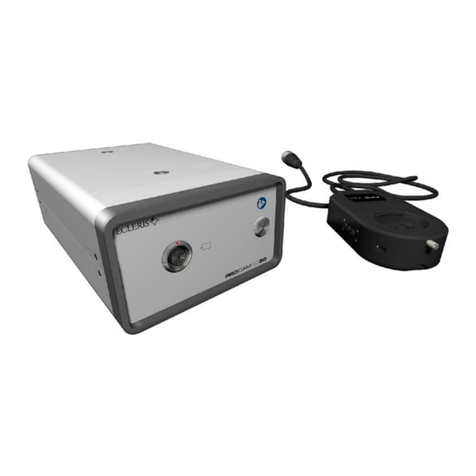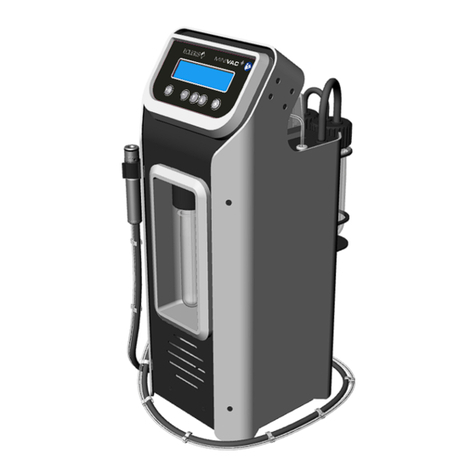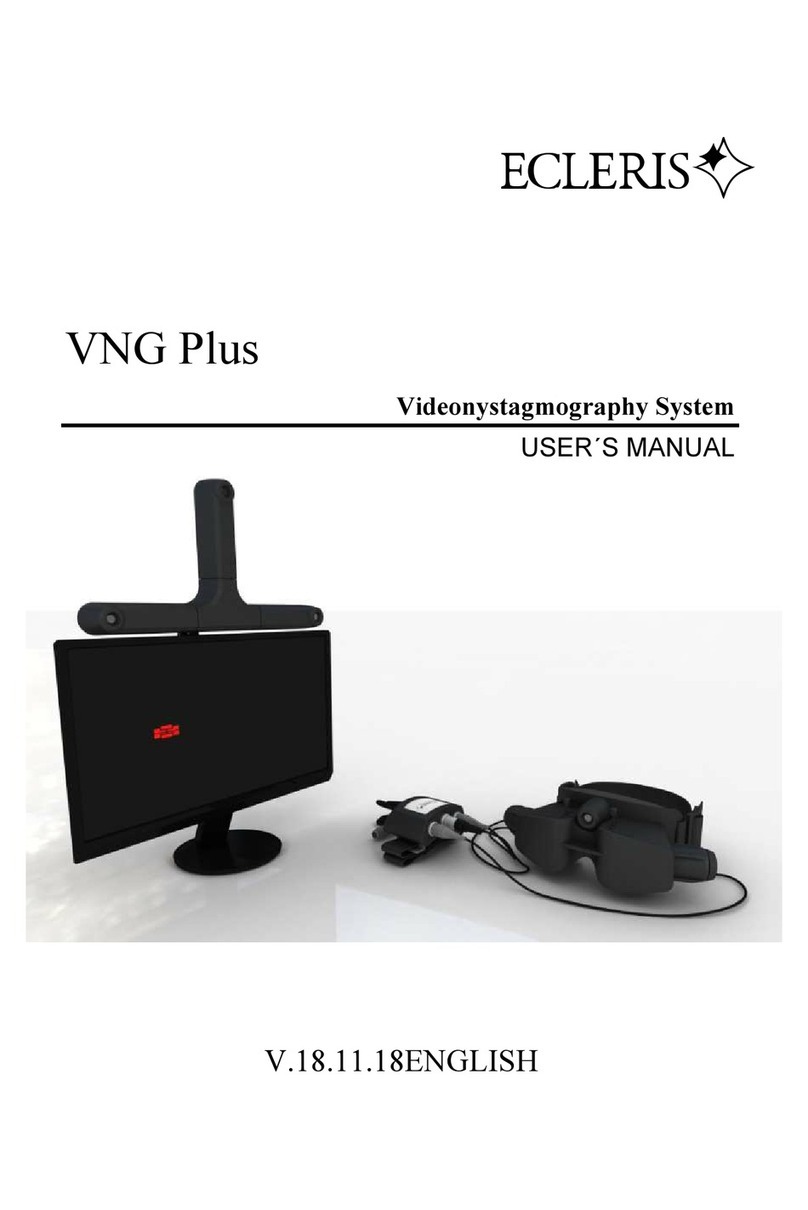
USER MANUAL –STROBOLIGHT
Page 4of 15
INMANUUIN187 Rev.2019.04.01 / ENG
3. DESCRIPTION
3.1 INTENDED USE
The StroboLIGHT is intended to be used in laryngostroboscopy and endoscopic procedures in
ORL.
3.2 INTENDED USER
The StroboLIGHT has been designed to be used by medical, paramedical or health professionals.
3.3 DESCRIPTION AND FUNCTIONING
STROBOLIGHT stroboscope has a Xenon arc lamp, and has been designed to be used in
Laryngostroboscopy as well as in endoscopic procedures, due to its versatility to provide, using
the same lamp, completely continuous and stroboscopic light.
The STROBOLIGHT has a lighting module with a 180 Watts Xenon lamp which produces the
necessary light to obtain video images. The cold, deep and white Xenon light of this equipment
enhances the real brightness and colors allowing its use for all types of stroboscopic and
endoscopic procedures.
The manually operated mechanical diaphragm with continuous adjustment allows regulating the
lighting level so that the user gets the necessary optimum level, always keeping the same lighting
quality and color temperature.
Stroboscopy makes it possible to study laryngeal physiology and pathophysiology, as well as to
perform a comprehensive diagnosis of its changes.
To understand the principles of how a stroboscope works it is essential to be familiar with the
phonation process.
Phonation is the physical act of producing sound by the passive interaction of the vocal folds and
exhaled air it is modified in terms of tone, pitch and intensity by thoracic, abdominal and laryngeal
muscles, and by the cavities in the upper respiratory tract.
At the beginning of the vibration cycle, the vocal folds are closed at the middle line; when the
subglottal pressure exceeds, by volitive effect, the resistance created by the closure of the vocal
folds, the inferior border begins to open and this aperture generates an undulating movement of
the folds from the inferior to the superior border with a resultant aperture and closure sequence.
Expiratory muscle contraction results in an increase of subglottal pressure and passing of air
between the vocal folds that come together to the middle line, thus preventing air stream to pass
through and the cycle begins once again. Stroboscopic effect is based on the optical illusion that
creates a fictitious slowing down of a periodical movement, which makes it possible to display fold
vibration.
Stroboscopic light sends rapid pulses, each of them flashing a particular point in the vibration
cycle. Whenever the frequency is changed regarding fold vibration (asynchronic), an optical
illusion of movement occurs; whenever both frequencies overlap (synchronic), a frozen or still
movement effect occurs. When the emission of flash and the phonation frequency are synchronic,
the same part of the fold vibration cycle will be flashed, therefore vocal cords will be seen
motionless or in slow motion due to phase variation.
However, when the emission of flashes is asynchronic, a different stage of the vibration cycle will
be lit up with each flash impulse.















